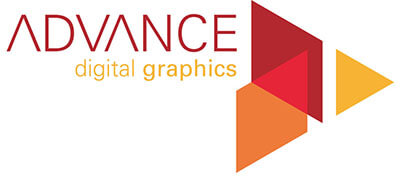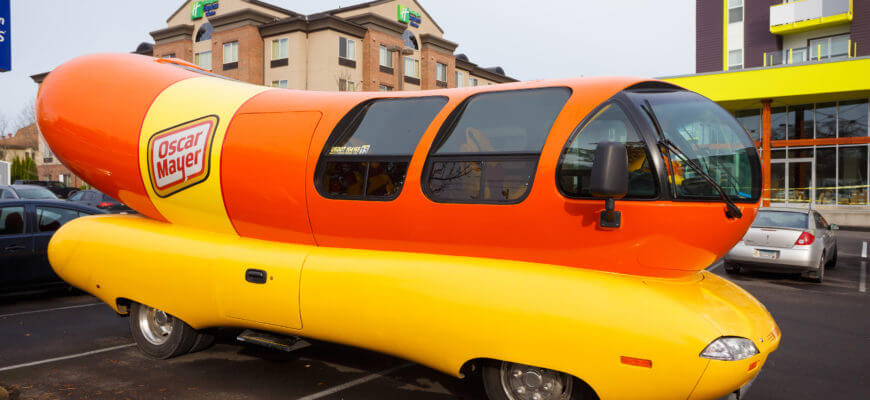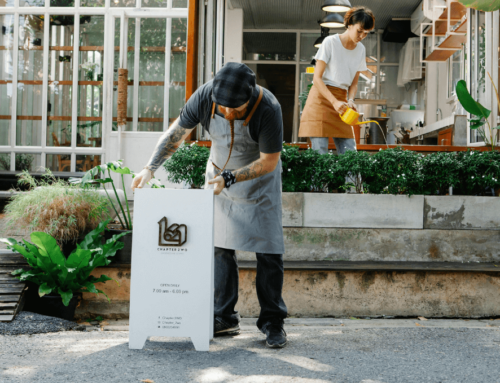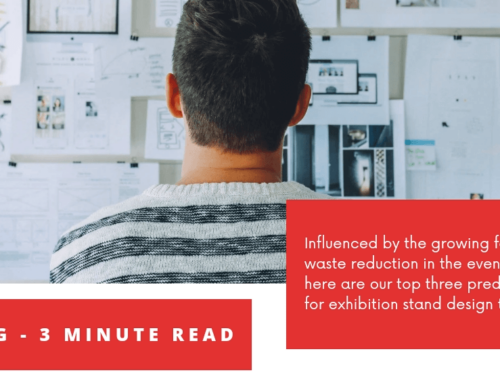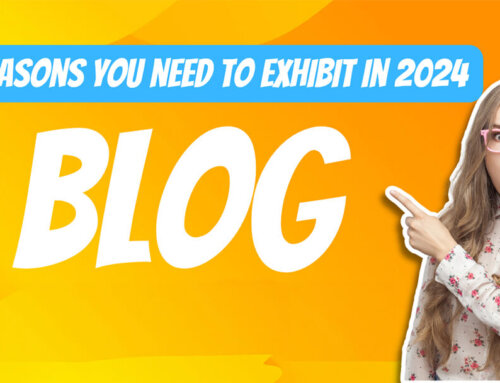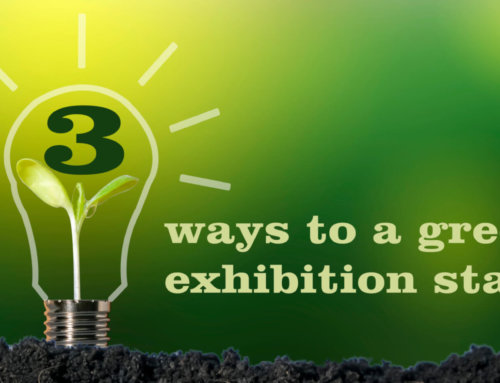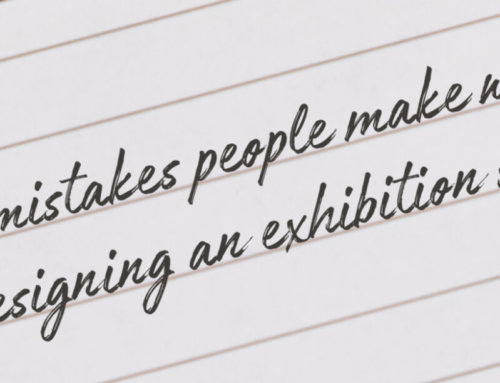Experiential marketing has been around for a long time…
In fact, for 125 years, brands, businesses and individuals have been engaging in this activity in different forms since 1883, when brands like Wrigley’s introduced their products to consumers, distributing free samples at the Chicago World Fair.
Product demonstrations were also given, drawing interested crowds to the stalls. This was the first kind of ‘two-way’ interaction brands were offering and attendees loved the experience.
In 1936, Oscar Mayer’s nephew created the ‘Wienermobile’ which was driven around the streets of Chicago to promote the family’s hot dog brand. A ‘Hot dogger’ handed Wienermobile shaped whistles to passers-by…you could say this was also the first recorded ‘promotional item’.
By giving away this item, the experience of the Wienermobile would be remembered for some time after the actual event; a little talking piece to facilitate word-of-mouth marketing, helping to promote the brand to a wider audience that were not actually present.
This idea of turning up as something unexpected really took off during the 1990’s following ‘Guerrilla Advertising’, a book published in 1983 by the marketer Jay Conrad Levinson. In it he presented the idea of using the element of surprise to launch new products or services in an unconventional way or place.
This technique proved the most engaging form of experiential marketing so far, especially as to could be done for relatively low cost – perfect for SMEs and individuals.
However, if you had money to spend then you could amalgamate all the previous strategies and undergo a travelling tour to engage consumers all over the country whilst acquiring important exposure in the press. Touring marketing activities became much more commonplace and budgets exploded to make them ever more interesting and unique.
Once social media came online, these activities exploded, exposing brands to all corners of the globe. You no longer had to be personally present at any event or even in the country, viral marketing globalised experiential marketing and opened up a whole new opportunity for brands to interact with potential consumers.
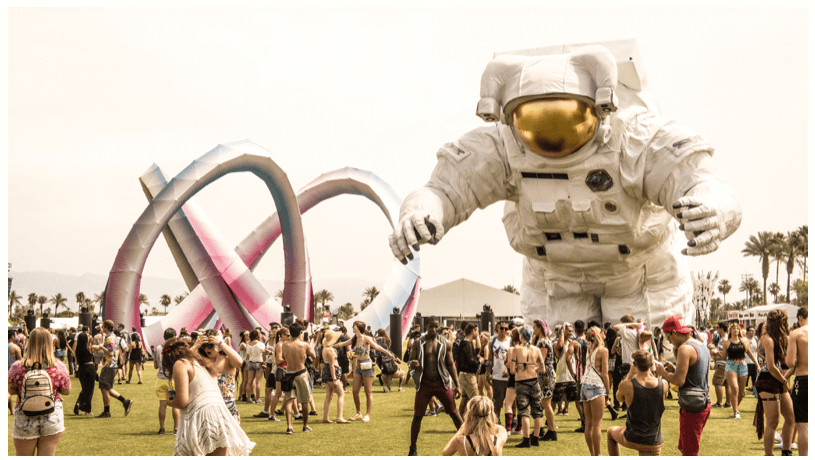
Immersive marketing at big crowd events, such as Coachella (read more here) and large sports games helped bring the consumers into the brands story. Utilising all the tools at hand, brands created a 360-degree experience and made themselves far more accessible. Social media channels, virtual reality, short films, gamification, premium giveaways and gifts, social media influencers, celebrities and artists helped to spread the word and build interest and lasting loyalty.
For other businesses, temporary shops and pop-up events have helped build brand interaction and exposure. Available to small and larger budgets, it allows brand that need a physical location to showcase what they have. These have even helped brands launch in new countries, one example being the US brand Glossier.
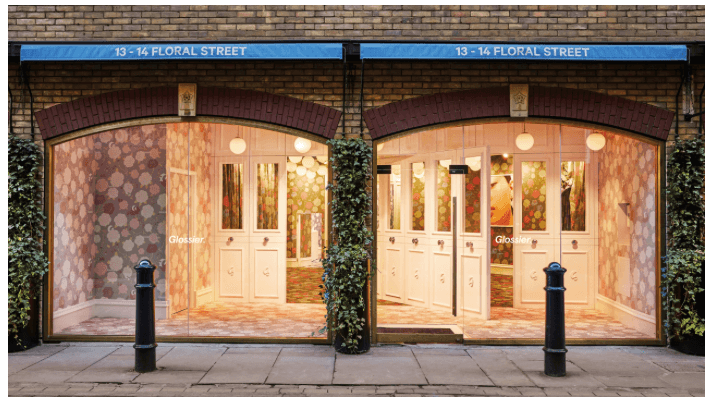
Launched in 2014 by Emily Weiss, it became available online to UK consumers in Sep 2018. Since its launch it has expanded its products to straddle both cosmetics and skincare and to solidify and grow its UK consumer base, it opened its first UK pop-up store in London in Autumn 2019…at the heart of this activity was a personal, immersive face to face physical experience between brand and consumer.
Looking back over the evolution of experiential marketing you may spot a key theme that really grounds all the ideas and it’s not about being online. Although social media helped globalise brands activities, ‘participating together’ is the key theme, creating personal memorable moments, proactive real life (preferably face to face) engagement through campaigns and activations to create an experience the consumer won’t forget.
So next time you are planning an exhibition, think about the activities within experiential marketing that your brand could embrace to heighten the consumer experience, extend your brands reach, build loyalty and ultimately sell more. It’s a fancy word for a very simple concept that event experts have been doing successfully for over a century.
